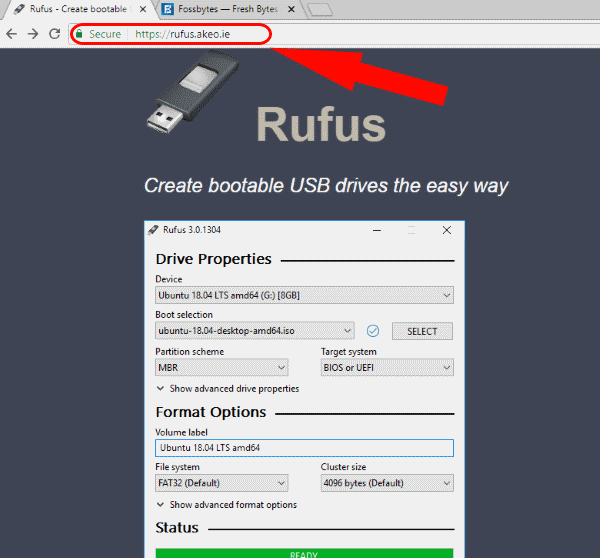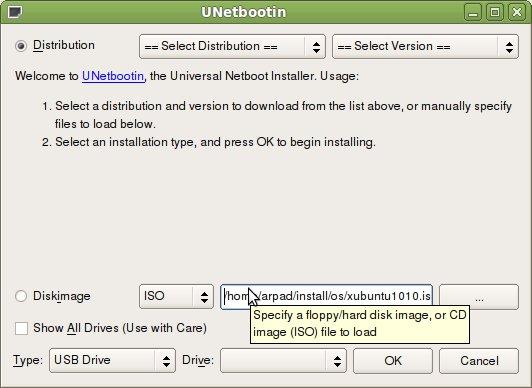If you own a Mac and would like to run Windows on your device, you will need to create a Windows 10 bootable USB. You can use your Mac, even if it is running Mac OS to create this. It can also be useful if you want to install Windows on a new PC that you have built or if you have replaced the hard drive on your PC and you need to reinstall Windows 10. There is a range of other reasons as to why you may need to create a Windows 10 bootable USB. This article will show you how to create a Windows 10 bootable USB in 4 different ways.
Method 1: Use Boot Camp Assistant on Mac
In order to create a bootable USB using Boot Camp, you will require a USB that has 16GB of storage, or more. Please note that Boot Camp is not supported in macOS Mojave and later.
How to create a bootable USB macOS installer The idea behind a macOS Clean Install When you install a new major version of OS X, or after some time has passed, it is a good idea to do a clean install (that is, to erase the disk you are installing OS X onto as part of the installation process). Use the Terminal to make a bootable macOS Big Sur installer drive You’re going to use the Terminal to make your external drive a bootable macOS Big Sur installer. Don’t worry if you’ve never used.
Insert a USB drive into your Mac.
Open Bootcamp Assistant on your Mac.
Tick the box for 'create a Windows 7 or later version install disk' and uncheck the 'Install Windows 7 or later version' option. Then click on continue.
Download a Windows 10 .iso file from the Microsoft website or another reliable site. Walkthrough for tomb raider angel of darkness. Keep this in a location that is easily found (such as the Downloads folder).
Bootcamp will locate the downloaded iso file automatically however if it is not found, you can use the'choose' button to locate it manually.
Click on Continue and wait until the USB is formatted and set up to become a bootable drive.
Once the process has been completed by the Bootcamp Assistant, the USB will have been renamed. You can now quit Bootcamp and then Eject the USB to safely remove it.
This will have created a Windows 10 bootable USB using a Mac that can now be used on your PC.
Method 2: Use Disk Utility on Mac
If you are running an older version of Mac, you can use the built-in Disk Utility app to create a Windows 10 bootable USB drive. As this is only compatible with older versions of Mac OS, it is recommended that you use an alternative method.

How to create a bootable macOS Mojave installer drive Put the macOS Mojave installer on an external USB thumb drive or hard drive and use it to install the operating system on a Mac. A trial copy of the TransMac software. One high quality USB flash drive with 16GB of storage. A copy of Apple’s macOS (DMG file). Now that you have all the necessary ingredients, you’re ready to make a Mac OS X bootable USB using the DMG file of the operating system with the steps below. Create Mac OS X bootable USB installation media.
Plug in your USB and open the disk utility tool.
Right-click on your USB drive on the left and format the drive (which will remove all the data) with MS-DOS (FAT).
Drag the Windows ISO file to the USB drive and the ISO file will begin to write on the USB.
Method 3: Use UNetbootin on Mac
Make Bootable Usb Software For Mac Iso
UNetbootin is free to use and allows you to make a bootable USB drive for Windows 10 using your Mac. Again, like the first method, you will need a USB drive (with a capacity of 16GB as a minimum recommendation) and you will also need to download the .iso file and keep it in a memorable location.

Plug in your USB drive into your Mac.
Open Disk Utility and select your USB drive on the left. Click on the info button and write down the device name.
Download and install the UNetbootin utility.
Choose the 'Diskimage' button and then click on the '…' button to select the iso file that you have downloaded.
Set the Type as USB Drive and select the device name of your USB drive that you have noted down earlier.
Click OK and wait for the USB to be formatted to a bootable drive.
Method 4: Use Terminal on Mac

The Terminal app is more complicated to use than other methods however it does not require you to use a third-party application in order to create a Windows 10 bootable USB drive. Again, you will need a USB drive.
Connect your USB drive to the Mac and then launch Terminal.
Type 'diskutil list' and hit the enter/return key to see a list of all connected drives.
Identify your USB drive and note down the name, such as disk3.
Run the command 'diskutil eraseDisk MS-DOS 'WINDOWS10' GPT disk3' without the quotation marks and you can replace the '3' at the end with the correct number.
Download the iso file for Windows 10 and save it in the Downloads folder if it hasn’t been saved there already.
Mount the .iso image by using the command 'hdiutil mount ~/Downloads/WINDOWS10IMAGE.iso Wailing wailers at studio one rar. ' where you can replace the 'WINDOWS10IMAGE with the name of your downloaded file. Note the name of the mounted iso, which can be found by looking at the terminal. It will be similar to /Volumes/MOUNTED-NAME.
Next, run the command 'cp -rp /Volumes/MOUNTED-ISO/* /Volumes/WINDOWS10/' where you can replace MOUNTED with the name of your mounted ISO.
Once the command has finished and your files have been moved over to the USB drive, you will need to run the command 'hdiutil unmount /Volumes/MOUNTED-ISO', again replacing the word MOUNTED with the correct name.
Close the terminal and eject your USB drive. This can now be used as a bootable drive.
How To Make Mac Iso Bootable Usb

Additional Tip: One Click to Create Windows 10 Bootable USB to Reset Password
Bootable Mac Usb Install
If you want to create Windows 10 bootable USB to reset the login password, we recommend a very easy to use tool to you. It is Passper WinSenior. This is only compatible with Windows however it is much easier than using the above methods which require you to complete most of the work. WinSenior automatically completes the process for you so there is a much lower risk of failing when trying to create a Windows 10 bootable USB drive. This is the recommended method when using third-party software. As this tool is extremely easy to use, it can be used by anyone. This is because you do not need any expert knowledge in how Windows works in order to reset a password.

Check more details here to know how to use Passper WinSenior.
